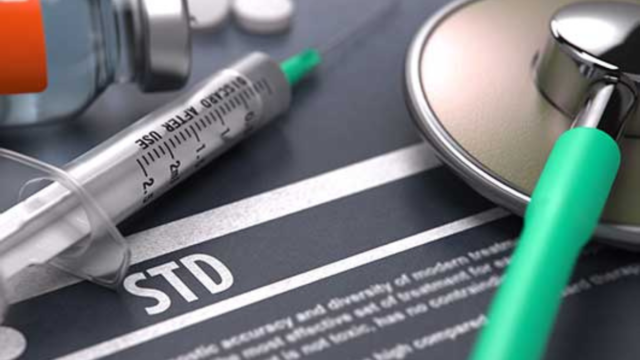
By Carmen Polk
STDs and STIs are a serious public health concern, so STD & STI Prevention is imperative. They can be transmitted through sexual activities, including vaginal, anal, and oral sex, and can cause a range of symptoms from mild to severe.
Some common STDs and STIs include chlamydia, gonorrhea, syphilis, herpes, and HIV. However, many STDs and STIs can be prevented through simple measures.
STDs & STIs Are Major Concerns In College
Sexually transmitted diseases (STDs) and infections (STIs) are a major concern for college students. There are several reasons why this is the case.
First, college students are often sexually active and may engage in risky behaviors, such as having unprotected sex or having multiple sexual partners. This can increase their risk of contracting an STD or STI.
Second, college students often live in close quarters, such as dormitories or shared apartments. This can make it easier for infections to spread from person to person.
Finally, many college students may be unaware of the risks associated with unprotected sex or may not know how to protect themselves from STDs and STIs.
STD & STI Prevention & Education
In recent years, the need for STD and STI prevention and education has become more important than ever. Rates of STDs and STIs are on the rise, particularly among young people.
According to the Centers for Disease Control and Prevention (CDC), there were over 2.4 million cases of chlamydia, gonorrhea, and syphilis reported in the United States in 2018. Young people aged 15-24 accounted for over half of these cases.
This highlights the need for increased education and prevention efforts, particularly among college students who may be at higher risk for these infections. Here are three simple steps you can take to be better protected against STI/STD:
Protection
One of the most effective ways to prevent STDs and STIs is to use protection during sexual activities. Condoms and other barrier methods can help reduce the risk of transmission.
It’s important to use condoms consistently and correctly and to use them for all types of sexual activities. Other barrier methods, such as dental dams, can be used during oral sex.
Getting tested regularly is also an important part of STD and STI prevention. Many STDs and STIs do not cause symptoms, so you may not know if you are infected.
Getting tested regularly can help you detect an infection early and get treatment if necessary. You should get tested if you have had unprotected sex if you have multiple sexual partners, or if you have symptoms such as itching, discharge, or pain.
Communication
Finally, communication is key when it comes to STD and STI prevention. You should talk to your partner(s) about your sexual health and history and ask them about theirs.
If you have an STD or STI, it’s important to tell your partner(s) so they can get tested and treated. Using protection, getting tested regularly, and communicating with your partner(s) can reduce your risk of getting an STD or STI.
All schools offer some form of education beyond this article. You’re able to get regularly tested, ask questions, and anything else you want to know. If your school doesn’t offer these resources, you can always rely on your local clinics, planned parenthood, etc.
In conclusion, being sexually active requires you to be more proactive with your body. Educate yourself about what is and isn’t STI/STDs. Know your body. Know the symptoms, and follow these steps to have a better-protected sexual life.









You must be logged in to post a comment Login